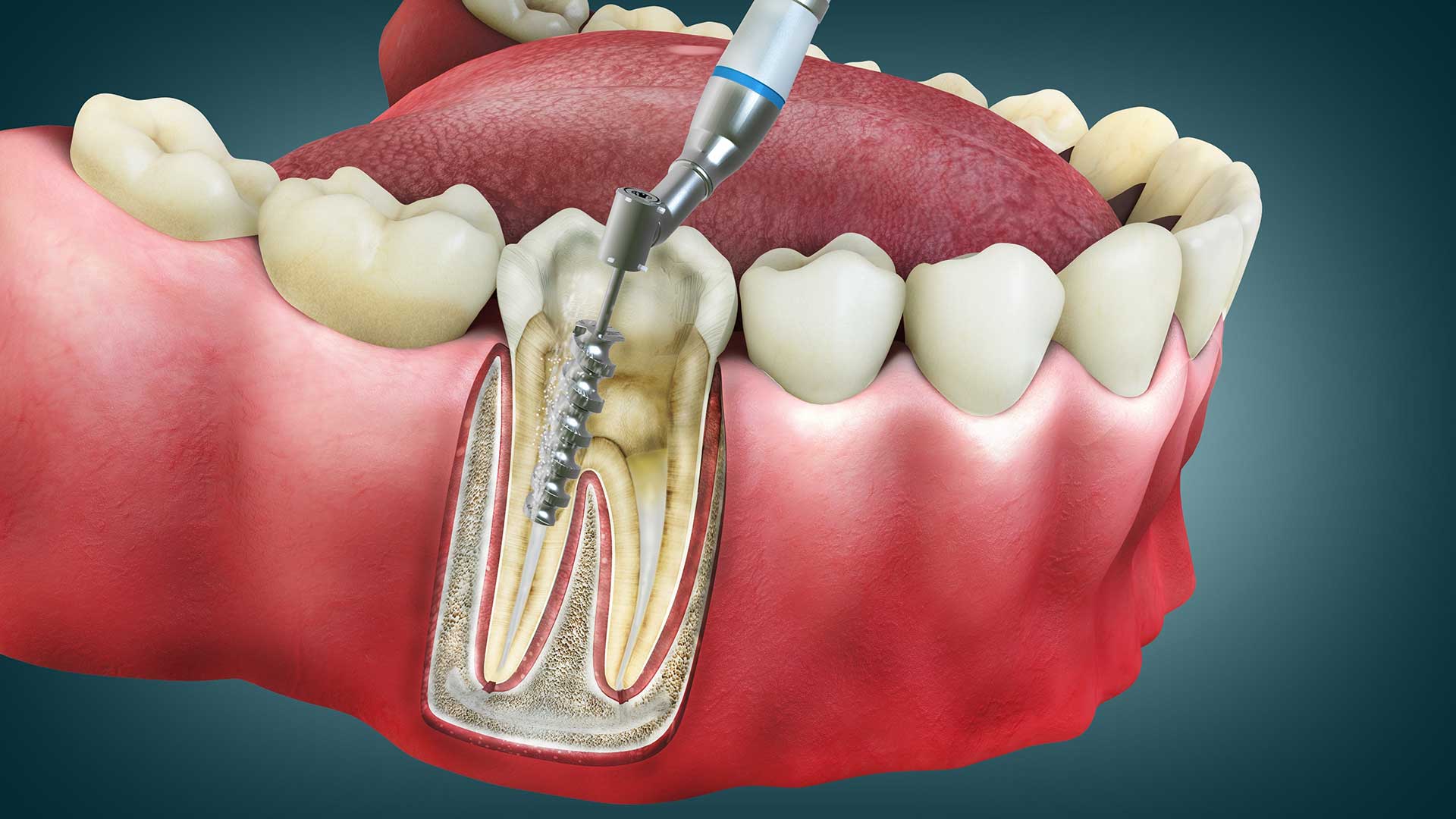Endodontic treatment, commonly known as root canal therapy, is a crucial dental procedure aimed at preserving natural teeth that have been compromised by infection or damage. This specialized treatment focuses on removing the infected pulp from the interior of the tooth, ultimately preventing the spread of infection and alleviating pain. With advances in techniques and technology, endodontic treatment has become a more efficient and comfortable experience for patients, significantly reducing the need for tooth extractions and fostering improved oral health.
As dental professionals continue to emphasize the importance of preserving natural dentition, understanding the principles and process of endodontic treatment has become increasingly essential for both dentists and patients. In this article, we will explore the indications for root canal therapy, the step-by-step procedure, and the benefits of this treatment in maintaining dental health over a lifetime. Whether you are seeking information for yourself or someone you know, this comprehensive guide will shed light on how endodontic treatment can save a tooth and restore smile functionality.
Indications for Root Canal Therapy
Root canal therapy is indicated when the dental pulp, which contains nerves and blood vessels, becomes infected or inflamed due to deep decay, trauma, or cracks in the tooth. Symptoms often include severe toothache, sensitivity to hot or cold, and swelling in the surrounding gums. If left untreated, the infection can spread to the surrounding tissues and lead to abscess formation, which may require more extensive treatments or extraction. Dentists often rely on clinical examinations and diagnostic imaging, such as X-rays, to assess the need for endodontic treatment and to determine the extent of pulp damage.

The Procedure and Its Benefits
The endodontic treatment procedure typically involves several steps, including the administration of anesthesia, the removal of infected pulp, and the cleaning and shaping of the root canals. After the canals are thoroughly disinfected, they are sealed to prevent future infections. A final restoration, often in the form of a crown, is placed to protect the tooth and restore its function. The benefits of choosing endodontic treatment are significant; it not only saves the natural tooth but also helps maintain proper oral health by preserving bite alignment and preventing shifting of adjacent teeth. For those seeking quality care, Trusted Endodontic Treatment Anthem can provide the necessary expertise to ensure a successful outcome.
In conclusion, endodontic treatment stands as a vital option for patients facing severe dental issues related to infected or inflamed pulp. By understanding the indications for root canal therapy and the intricate procedures involved, patients can make informed decisions about their oral health. The successful completion of this treatment not only alleviates pain and eliminates infection but also preserves the integrity of the natural tooth, promoting long-term dental function and health. As dental technology continues to evolve, the experience for patients undergoing endodontic procedures has become increasingly refined, ensuring greater comfort and efficacy. Ultimately, opting for endodontic treatment can significantly enhance one’s quality of life, allowing individuals to enjoy a healthy, pain-free smile for years to come.






